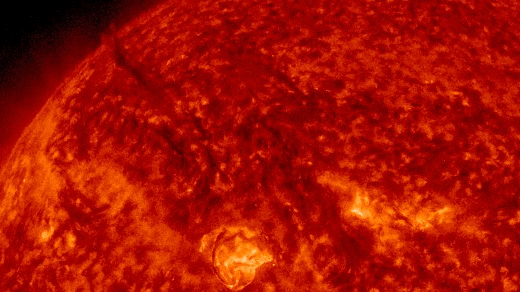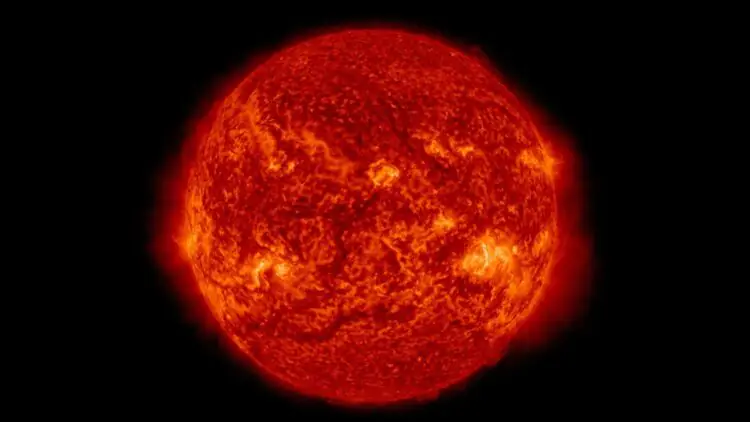Two loops of “dark” plasma recently erupted on the Sun, and NASA’s spacecraft captured the event on video. NASA’s Solar Dynamics Observatory (SDO) observed two plumes of cold, dense plasma shooting out from the Sun’s surface, eerily resembling a pair of Dementors from Harry Potter hovering above the Sun. However, instead of soul-sucking mythical creatures, these dark plasma loops are actually the early stages of a coronal mass ejection (CME), a magnetic disturbance that can create solar storms impacting Earth.
In the time-lapse video, you can see two blurry black plumes of plasma being released from the sunspot AR3757 along with an M1-class solar flare. These active sunspot regions can eject electromagnetic energy from the solar corona at any moment. As these plumes move away from the solar atmosphere, they gather more and more plasma, eventually consolidating into the core component of the CME.

Why does the plasma appear so dark compared to its surroundings? When it erupts and moves away from the Sun, it has a much lower density and temperature compared to the massive molten core of our solar system, making it appear dark in SDO images.
Once a CME is born, scientists can use images from the SOHO coronagraph to detect the halo signature and determine if it is headed toward Earth and if it could impact our planet.

According to the current forecast from the Space Weather Prediction Center (SWPC) of the National Oceanic and Atmospheric Administration (NOAA), this CME is expected to reach Earth on Wednesday, July 24, later in the day, and elevate our geomagnetic activity to a higher level.
Source: Space









